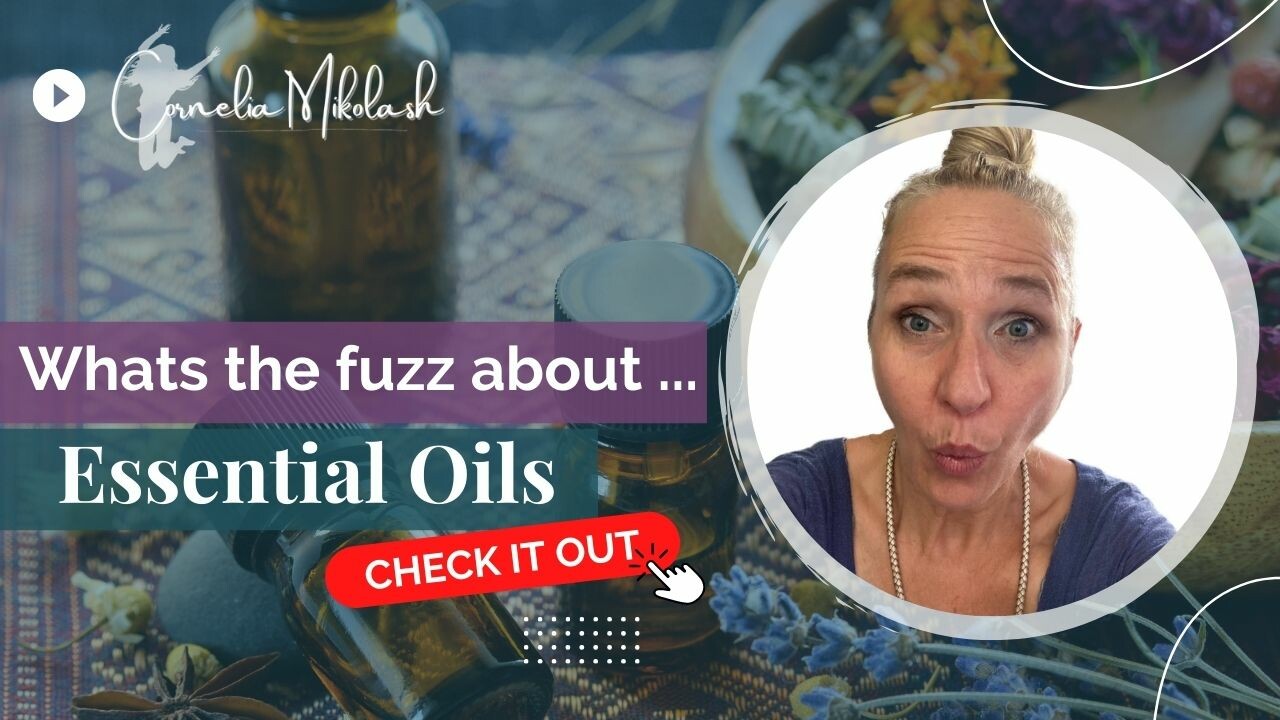
Ever wonder why so many people are talking about essential oils lately? 🌿 Maybe a friend swears by Lavender for sleep, or you’ve seen people diffusing citrus oils to brighten their mood. It can sound like hype—until you learn the science behind how these tiny drops of nature actually work. Once you understand that, it all begins to make sense.
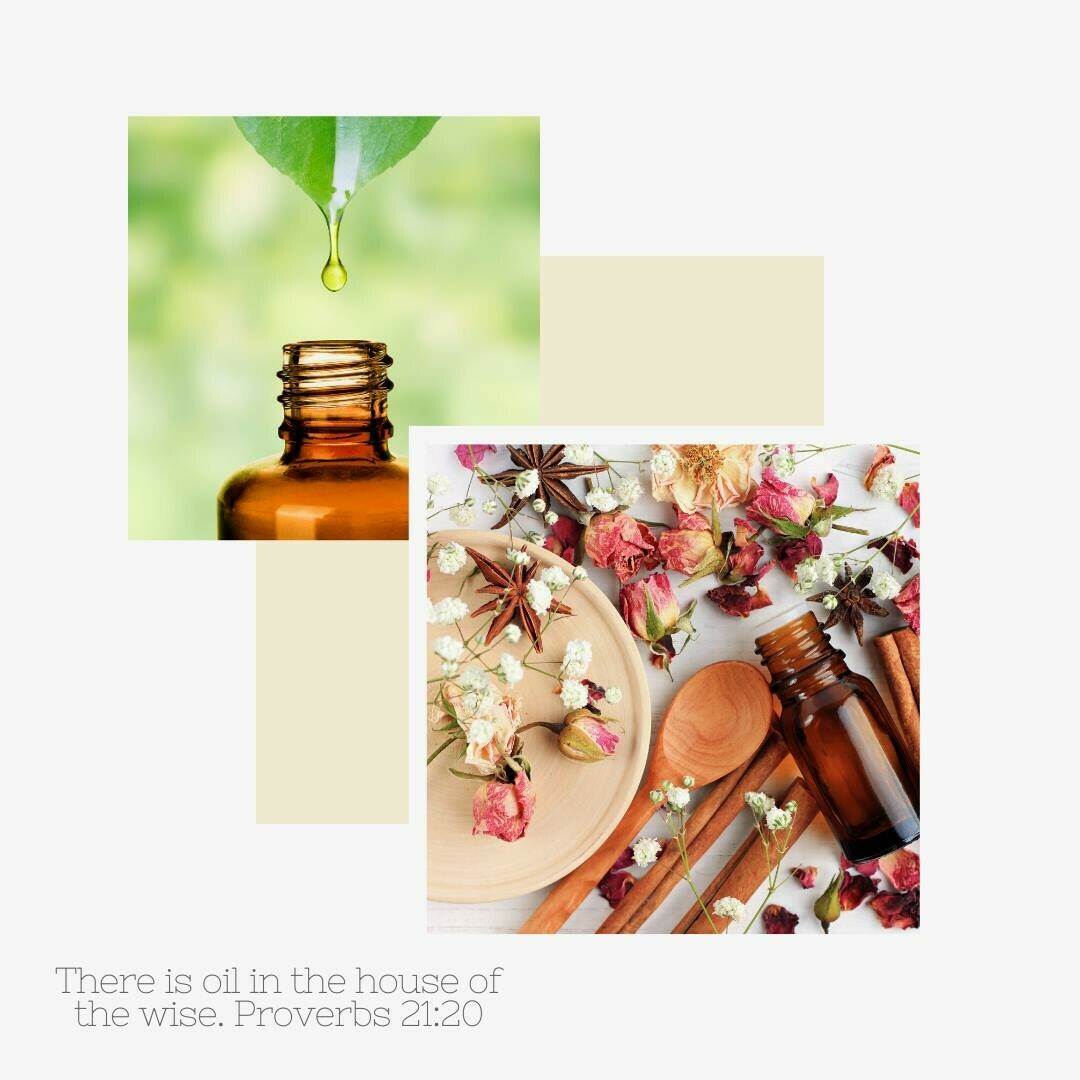 The Beauty of Nature’s Design
The Beauty of Nature’s Design
Essential oils aren’t new. They’ve been used since ancient times for emotional well-being, comfort, and connection. These aromatic compounds are distilled or pressed from leaves, flowers, roots, bark, and resins—each containing the plant’s most concentrated and active elements.
Our ancestors used them for everything from focus and calm to rest and renewal. Modern research has only confirmed what they already knew: nature provides tools that help us thrive. Essential oils are one of those tools—simple, effective, and beautifully aligned with how our bodies are built.
Why They Work: A Look Inside
If you could zoom in on your body at the cellular level, you’d see an intricate, perfectly designed system constantly seeking balance. Every cell is surrounded by a thin, lipid layer—a fat-like membrane that protects it and allows only certain substances to pass through. Because essential oils are also lipid-soluble, they can move through that membrane easily and deliver their natural properties wherever they’re needed.
That’s why essential oils absorb so quickly. Within minutes of applying or inhaling them, their compounds are circulating throughout the body. Nature didn’t make that possible by accident—it’s part of the elegant design of both plants and people.
The Mind–Body Connection
Here’s where things get even more fascinating. Essential oils don’t just interact with the physical body—they also speak directly to our emotions. When you inhale an aroma, those tiny molecules travel through your nose and reach the limbic area of your brain, which is responsible for emotion, memory, and mood. It’s the only sense that connects directly to this area without needing to be “translated” by logic first.
That’s why one scent can instantly calm you or bring back a memory from years ago. It’s also why aromatherapy can have such a profound effect on mood and mental clarity. Smell is powerful—and essential oils let you use that power intentionally.
For example, Lavender can encourage relaxation, while bright citrus oils like Lemon or Orange can spark joy and motivation. Earthy scents like Cedarwood or Frankincense can help you feel grounded and centered. These emotional shifts are the heart of what makes essential oils so supportive for everyday wellness.
The Science of Simplicity
Each essential oil is made up of dozens—sometimes hundreds—of natural compounds. These include terpenes, esters, and phenols, which all contribute to an oil’s unique aroma and effect. Think of these compounds as a symphony: each plays its own note, but together they create something extraordinary.
Because they’re so concentrated, even one drop can have remarkable potential. A single drop of Peppermint, for instance, contains the essence of an entire handful of leaves. These are not synthetic fragrances; they are pure plant chemistry working in harmony with your body’s natural rhythms.
Want to see it in action? Watch this short video that explains how essential oils interact with your body and senses 👉🏻 🎥 Watch: The Power of Essential Oils
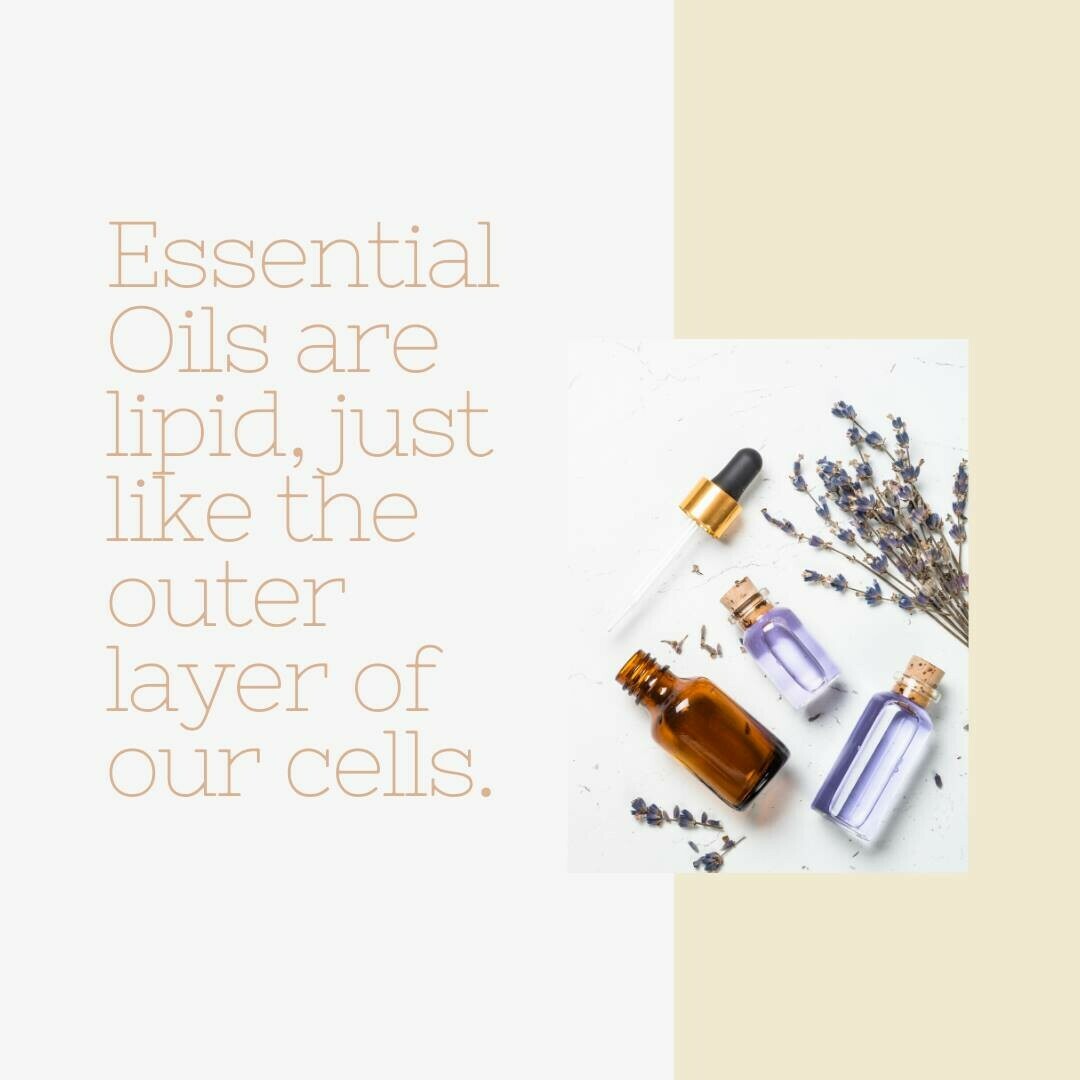 My First Experience with Oils
My First Experience with Oils
Like many people, I started with a little skepticism. I thought essential oils were just nice scents in pretty bottles. But one night, after yet another stressful day, my mom suggested to take a bath with essential oils to have a good nights rest. I rolled my eyes—but I did it anyway.
What happened next surprised me. My body relaxed, my thoughts slowed down, and for the first time in weeks, I slept deeply. It wasn’t instant magic; it was my body responding to something natural and familiar. That was my “ah-ha” moment—the realization that our senses are powerful gateways to well-being when we learn how to use them.
Essential Oils and Energy
Every living thing carries energy, or frequency. When we’re stressed or depleted, that frequency lowers, and we feel it as fatigue or imbalance. Essential oils, because they’re concentrated plant energy, naturally carry high frequencies that can help raise ours. You can sense it—diffuse citrus oils and you’ll feel an instant lift; inhale grounding woods and notice how your energy steadies. It’s nature’s way of helping us realign.
The Emotional Layer
What’s beautiful about essential oils is that they meet you where you are. Feeling scattered? Something grounding like Cedarwood or Patchouli can help you refocus. Feeling heavy or low? Uplifting blends with Orange or Bergamot can help shift your mood. Need calm at the end of a long day? Lavender and Frankincense make a soothing duo for rest and reflection.
Our emotions are chemical messengers, and essential oils interact directly with those pathways. They don’t suppress emotion—they help you process and move through it. That’s why many people describe using oils as both physical and emotional self-care.
What Modern Research Says
Studies in recent years have confirmed that essential oils can have measurable effects on stress levels, alertness, sleep quality, and mood. Researchers have observed that certain aromatic compounds can influence brain wave activity, lower heart rate, and even change perceived stress in participants. While science continues to explore the depth of these interactions, what we already know is remarkable: scent affects emotion, and emotion affects health.
That’s why hospitals, wellness centers, and even workplaces are beginning to use aromatherapy to create calming environments and improve focus. The impact of smell on our mental and emotional state is both subtle and profound.
Simple Ways to Use Essential Oils
One of the best things about essential oils is how easy they are to integrate into your day. You don’t need to overhaul your routine—just start small and stay consistent. Here are three simple methods:
- Inhale: Open the bottle, take a deep breath, and exhale slowly. You’ll feel the shift almost instantly.
- Diffuse: Add a few drops to a diffuser to freshen the air and influence the atmosphere of your space.
- Topical use: Combine a drop or two with a carrier oil (like coconut or jojoba) and apply to wrists, neck, or feet.
- Internal use: ONLY with those oils that are qualified for that - those that we use we take in capsules, in a beverage or for preparing food
Consistency matters more than perfection. The more you use your oils, the more your body and mind begin to associate certain scents with calm, clarity, or rest. That’s how aromatherapy creates lasting change—through repetition and gentle reinforcement.
Creating Daily Rituals
Essential oils are most powerful when they’re part of your rhythm, not an afterthought. Here’s a simple way to start weaving them into your day:
- Morning: Diffuse a bright, uplifting scent while getting ready to set the tone for your day.
- Midday: Take a two-minute pause to breathe in something refreshing. It’s a quick nervous system reset.
- Evening: Roll on or diffuse calming oils while you prepare for sleep—this signals your brain it’s time to wind down.
Each of these small rituals teaches your body to associate scent with a specific state of being—alertness, balance, or rest. Over time, you’ll notice that your body responds faster, and your mind feels calmer.
A Story from the Community
One of my readers recently shared that she started diffusing oils while working from home. At first, it was just to make her office smell pleasant. But after a few weeks, she noticed she felt less anxious before meetings and had an easier time focusing. What changed? She wasn’t just smelling a fragrance—she was engaging her body’s natural pathways for calm and clarity. Small steps, big results.
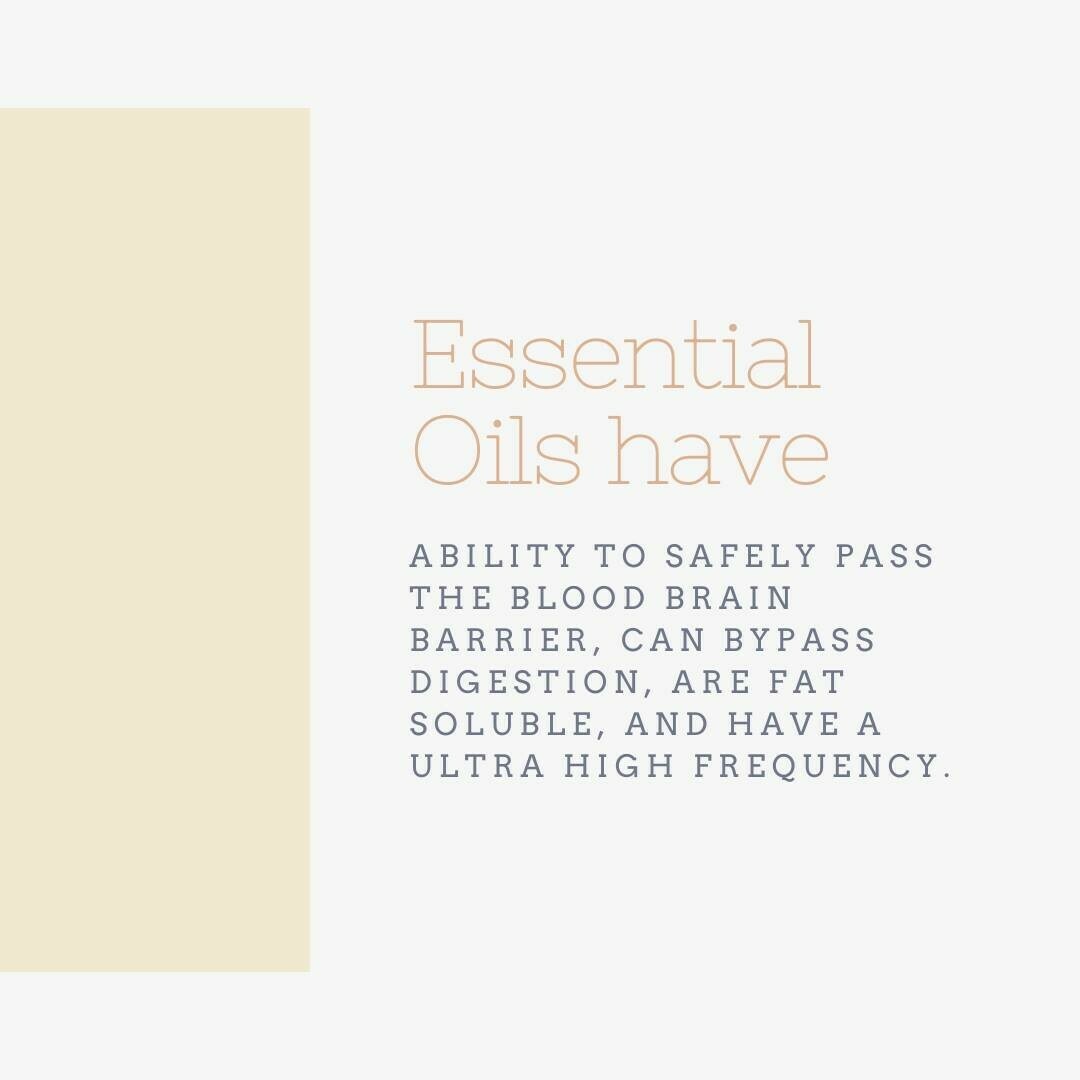 Practical Everyday Uses
Practical Everyday Uses
Here are a few favorite ways people use essential oils daily:
- To unwind after a long day, diffuse Lavender or a relaxing blend during your evening routine.
- To refresh your mood, inhale a drop of citrus oil and take a few deep breaths.
- To create a sense of focus, use minty or herbal aromas while working or studying.
- To begin a mindful moment, hold your hands over your heart after applying an oil and take three slow breaths.
It’s not about using every oil—it’s about finding a few that truly resonate with you and making them part of your self-care rhythm.
Choosing Quality Oils
Not all oils are created equally. Because the essential oil market isn’t strictly regulated, many bottles labeled “pure” may contain synthetic additives, fillers, or chemical solvents. These can reduce effectiveness or even cause irritation. When choosing oils, look for transparency about sourcing, purity testing, and sustainable farming. It’s worth investing in products that honor both the plant and the people who grow it.
From Curiosity to Confidence
When people first start with essential oils, they often feel overwhelmed—so many blends, so many ways to use them. But the truth is, it doesn’t have to be complicated. Start with one oil you love the smell of and use it consistently. Then add another. Over time, you’ll develop confidence, intuition, and a collection that truly supports your lifestyle. Also when you want to start, I have resources to guide you and I am there for you to find those that help you on your health journey.
Think of this as a return to simplicity. Nature already provides what we need—we just have to reconnect to it.
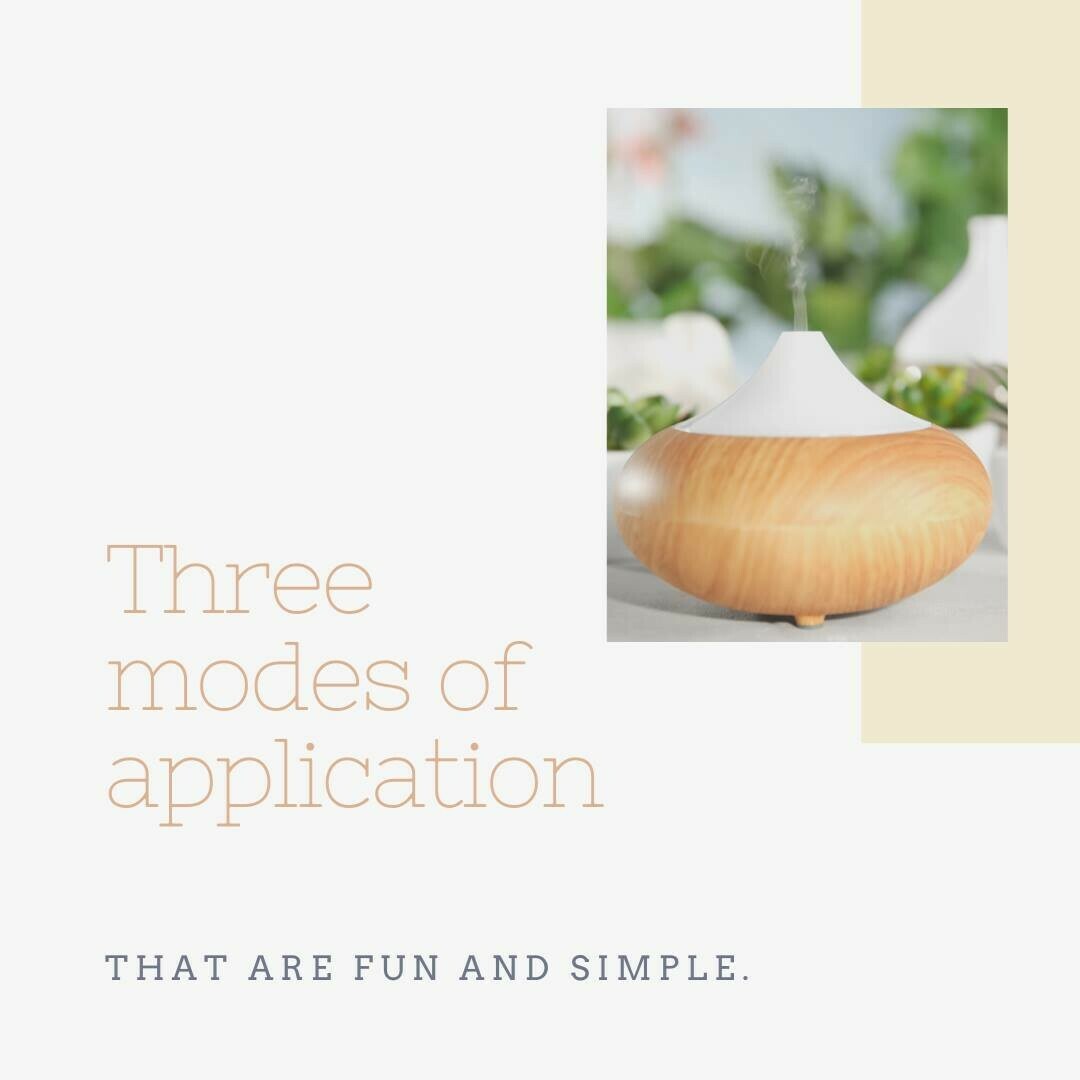 The Bigger Picture
The Bigger Picture
Essential oils remind us that wellness is not a one-time fix but a daily practice of awareness and care. They’re a bridge between the natural world and our inner balance, helping us slow down, breathe deeply, and feel present in our bodies again.
Whether you use them for relaxation, focus, energy, or emotional support, they invite you to create mindful moments in the middle of everyday life. That’s where the real transformation begins—in small, consistent acts of self-care.
Your Practical Takeaway
If you’re new to essential oils, begin with three simple steps:
- Choose one oil for calm (like Lavender), one for focus (like Peppermint), and one for joy (like Orange).
- Use them every day for two weeks—in your diffuser, on your wrists, or simply inhaled directly from the bottle.
- Notice how your energy and emotions respond. Write it down. Reflect on what changes.
That’s how you build a relationship with these natural tools—through small, daily interactions and honest observation. The more consistent you are, the more your body learns to respond and rebalance naturally.
Ready to Start?
Essential oils are more than nice scents—they’re nature’s reminder that balance and vitality are possible. Each drop is a whisper from the earth saying, “You already have what you need to feel whole.” Whether you’re seeking more calm, better rest, or just a fresh start to your wellness journey, these little bottles of plant wisdom are an easy and effective place to begin. Book a free consult here
👉 Get my Aromatherapy Guide for simple, natural recipes for every day to create a healthy, low-tox lifestyle—one small habit at a time.
Join my free Weekly Wellness Tips — practical, simple swaps and aromatherapy habits to help you feel your best, one drop at a time.


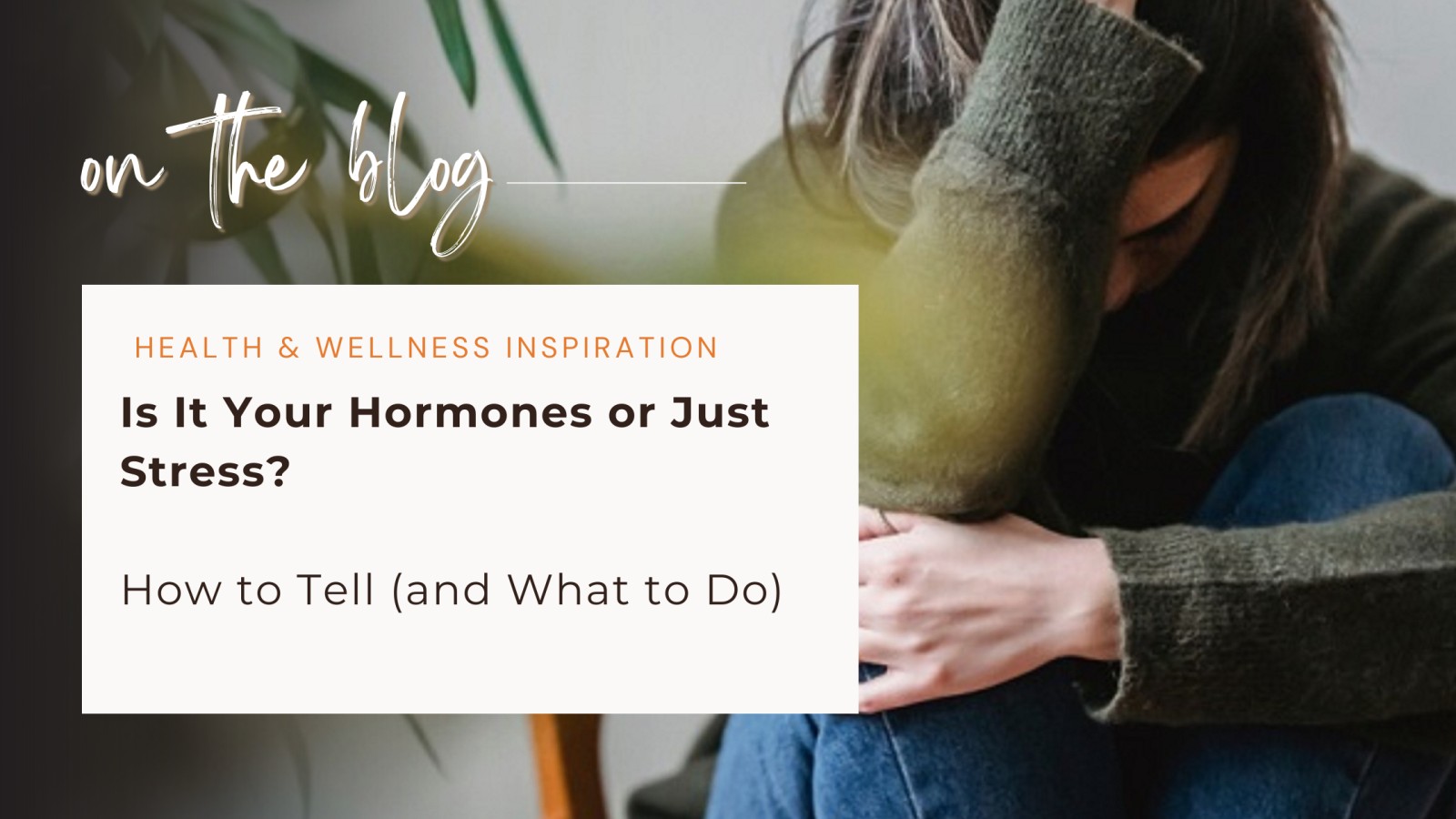
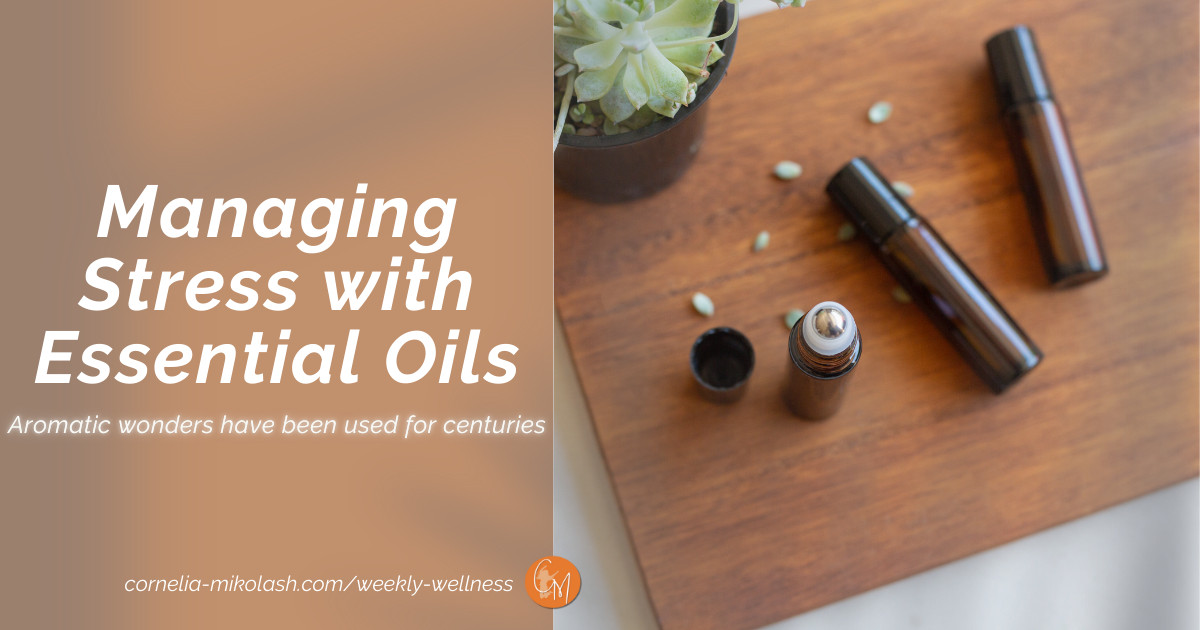
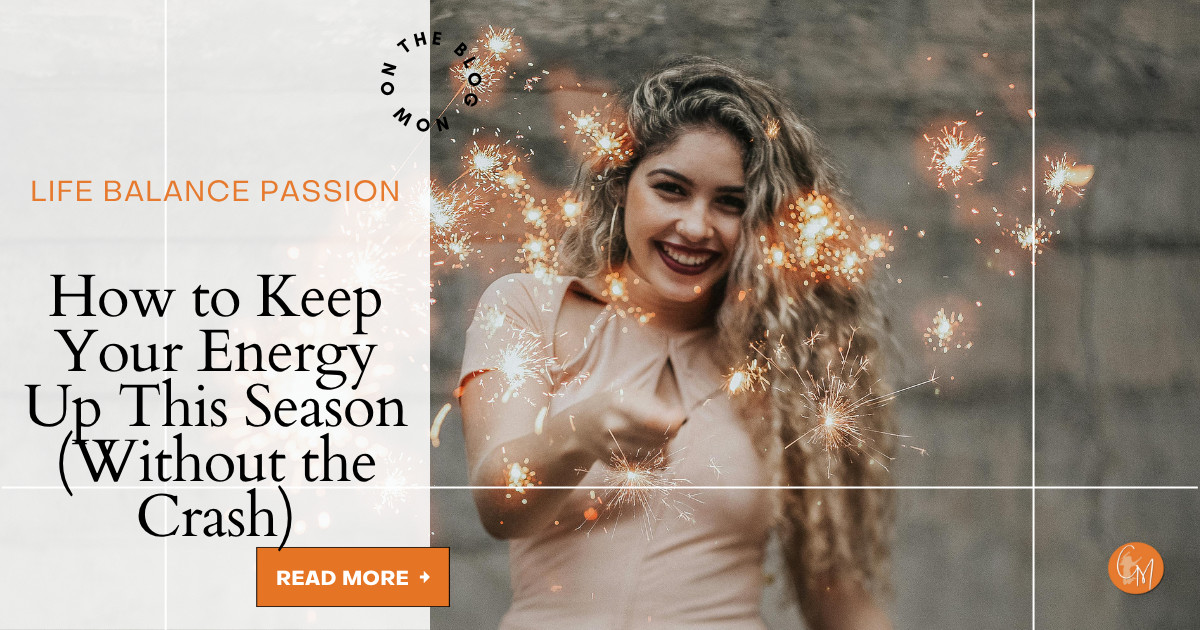
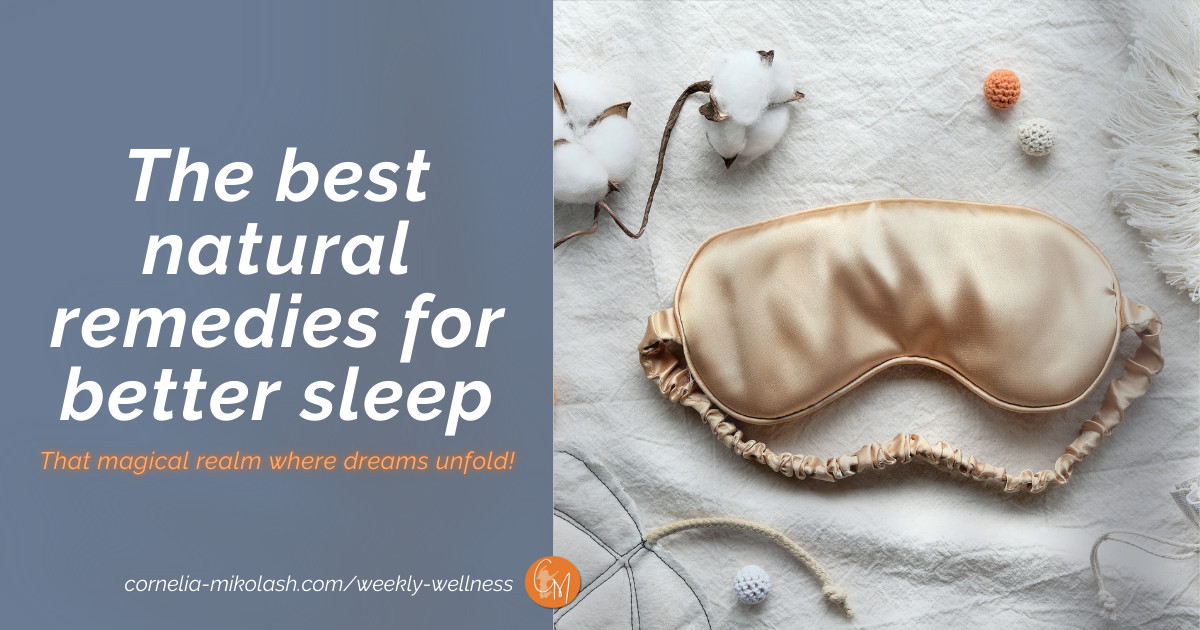


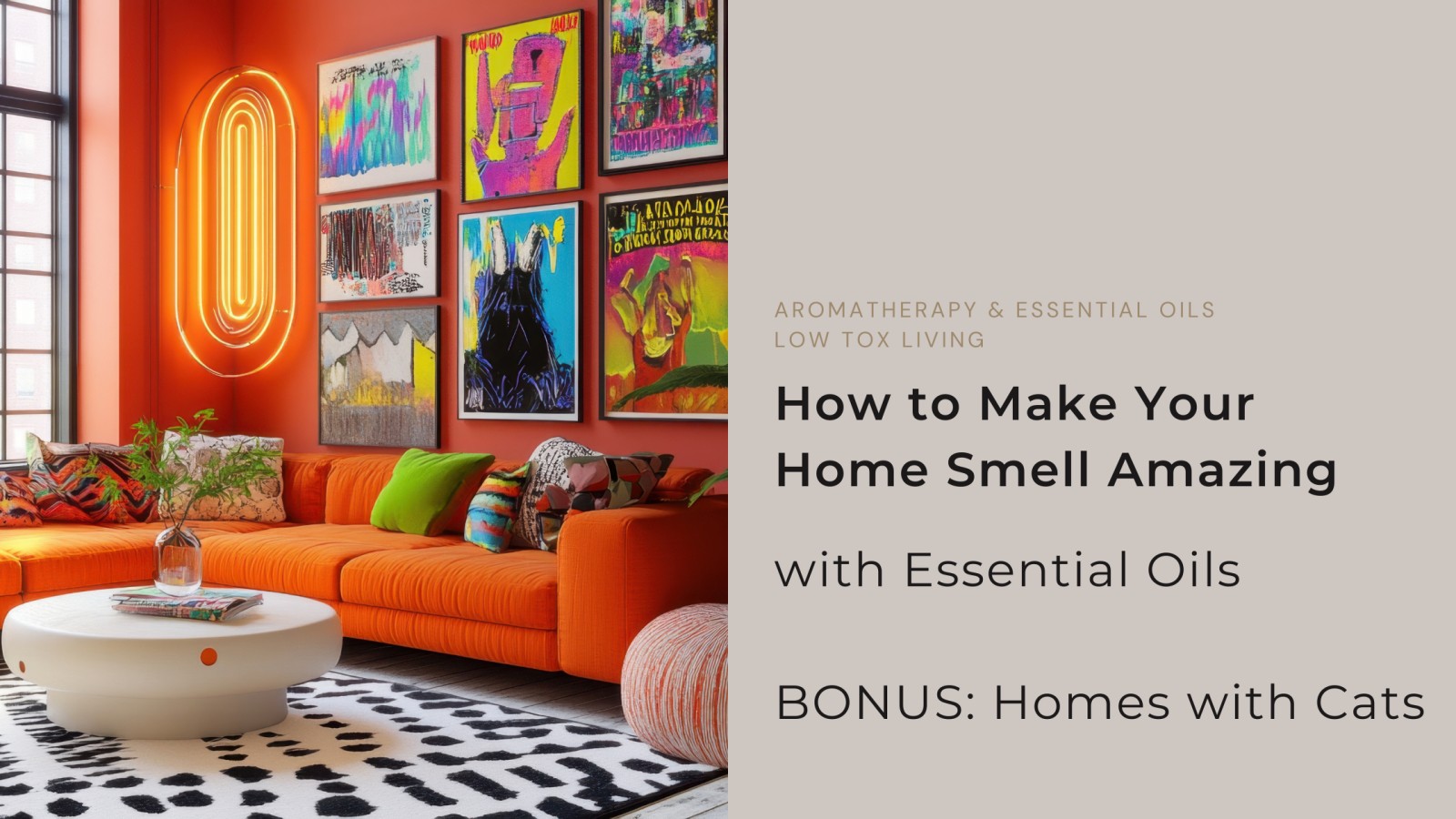
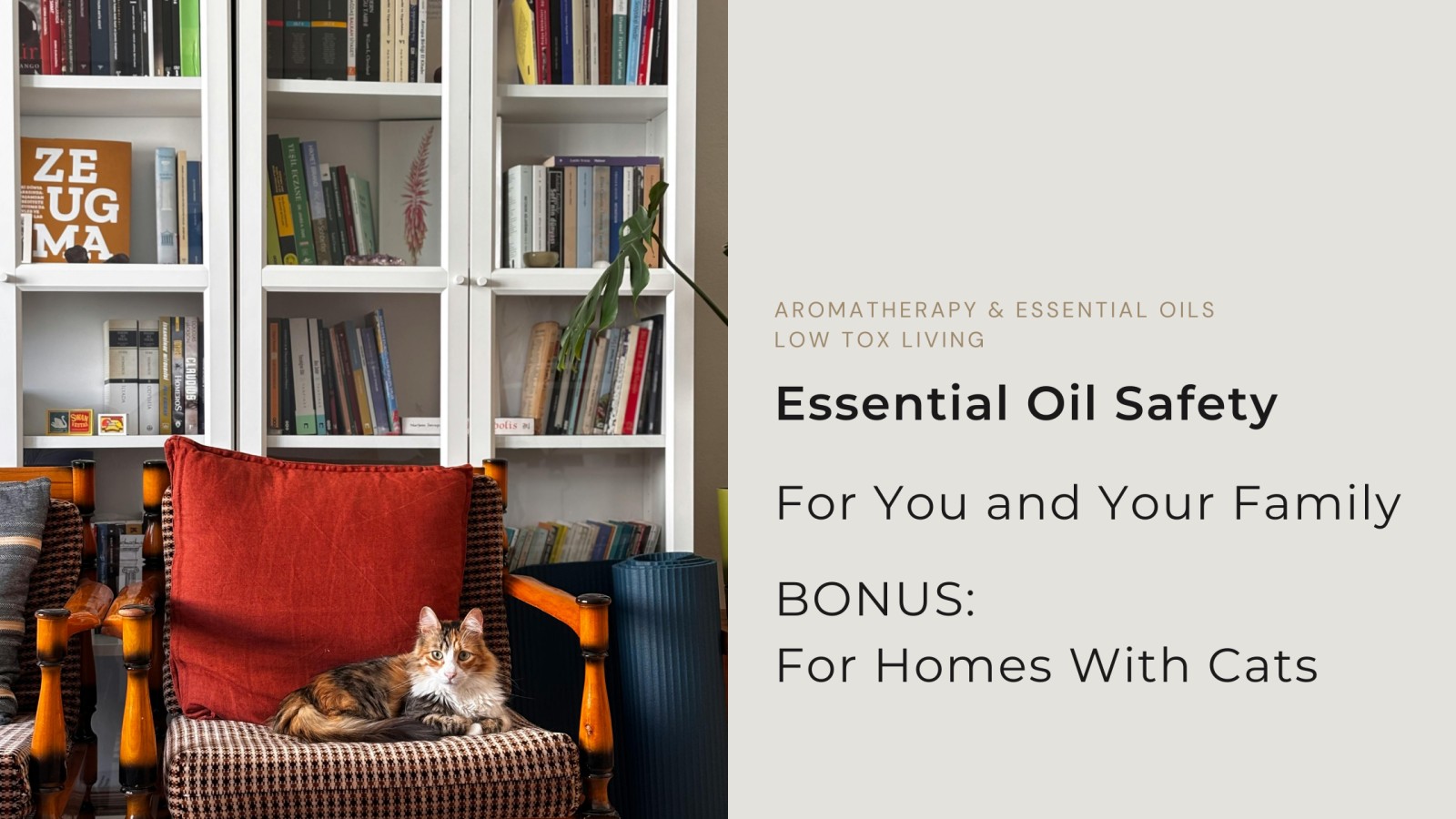
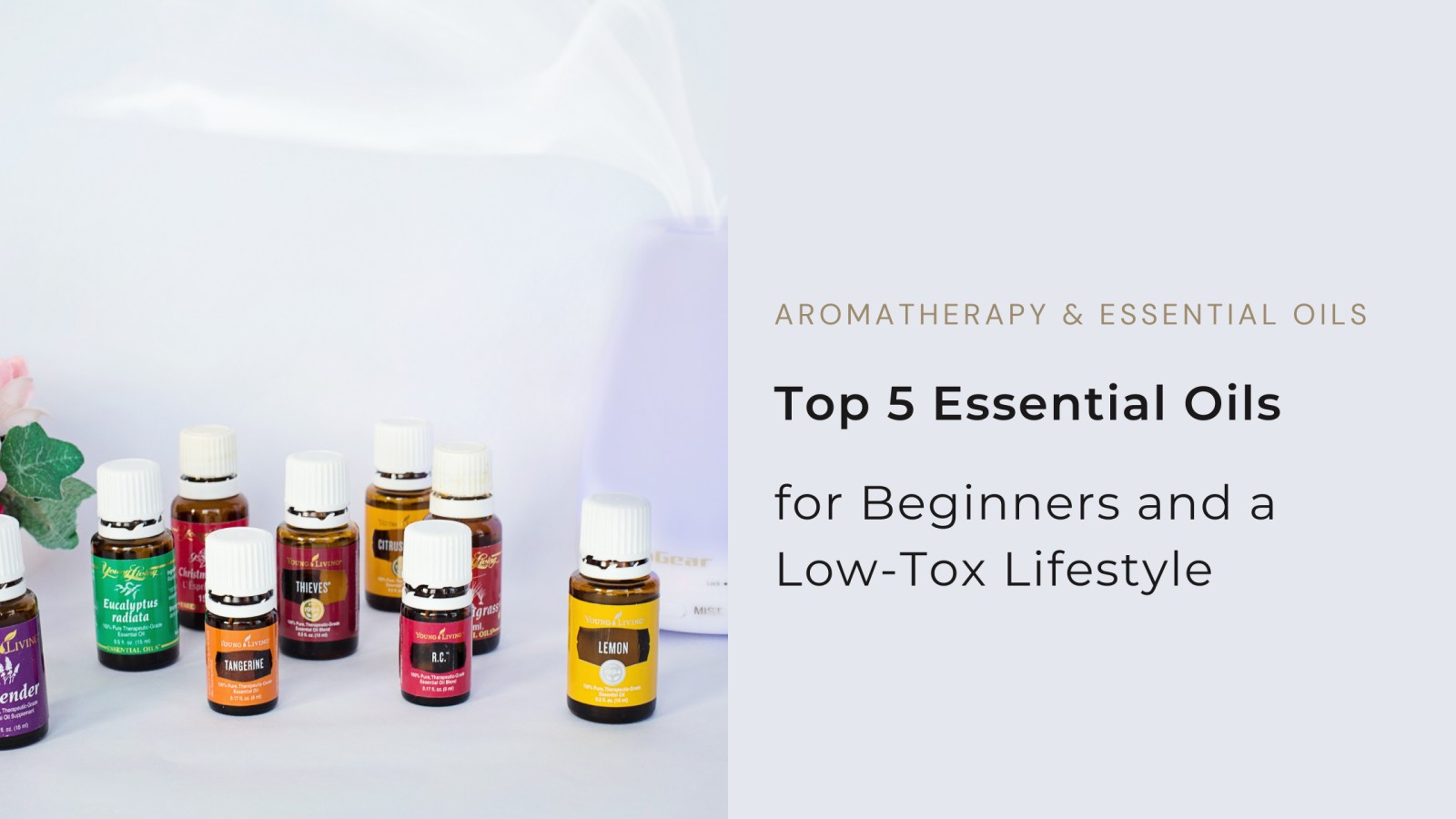
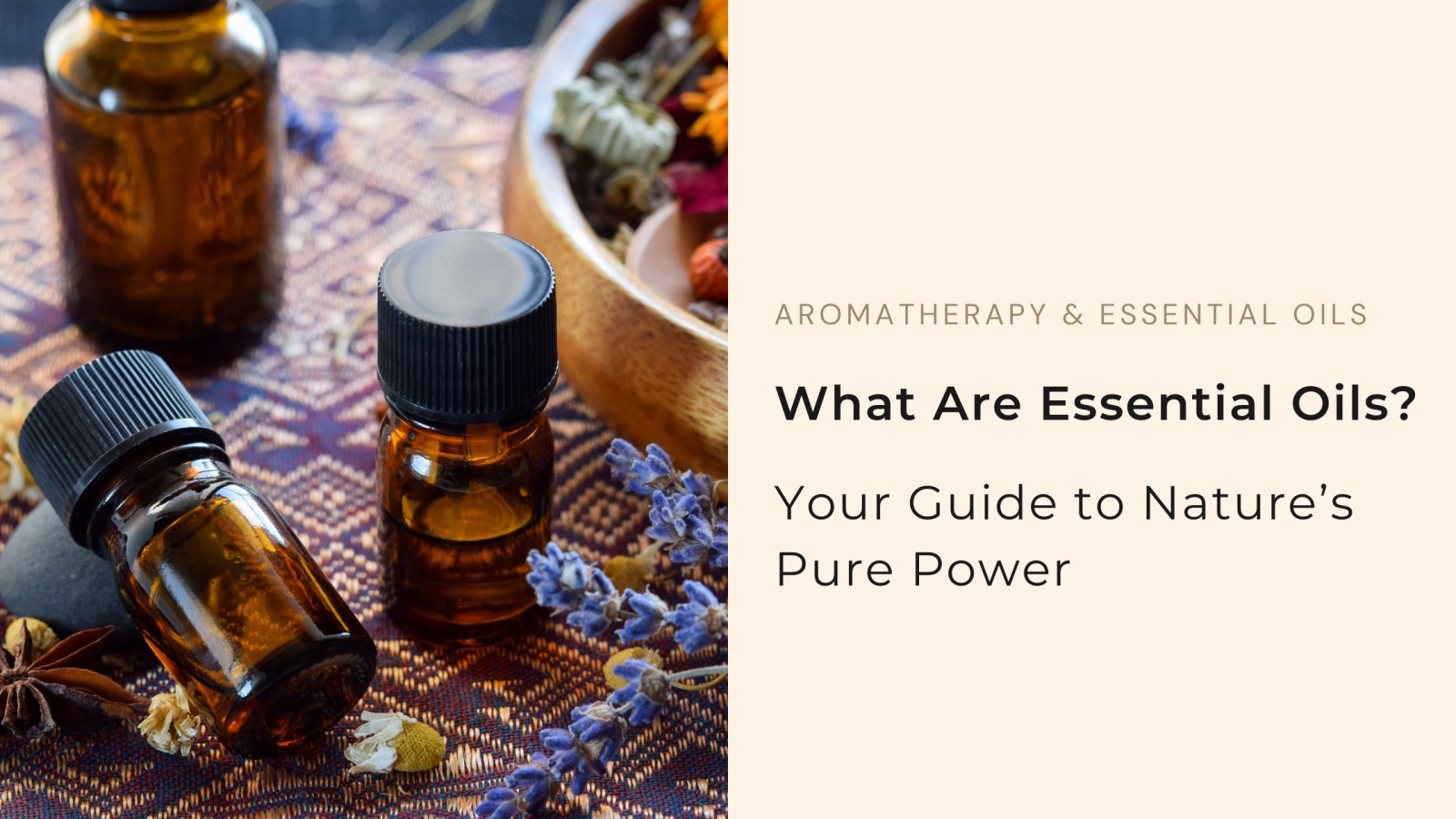
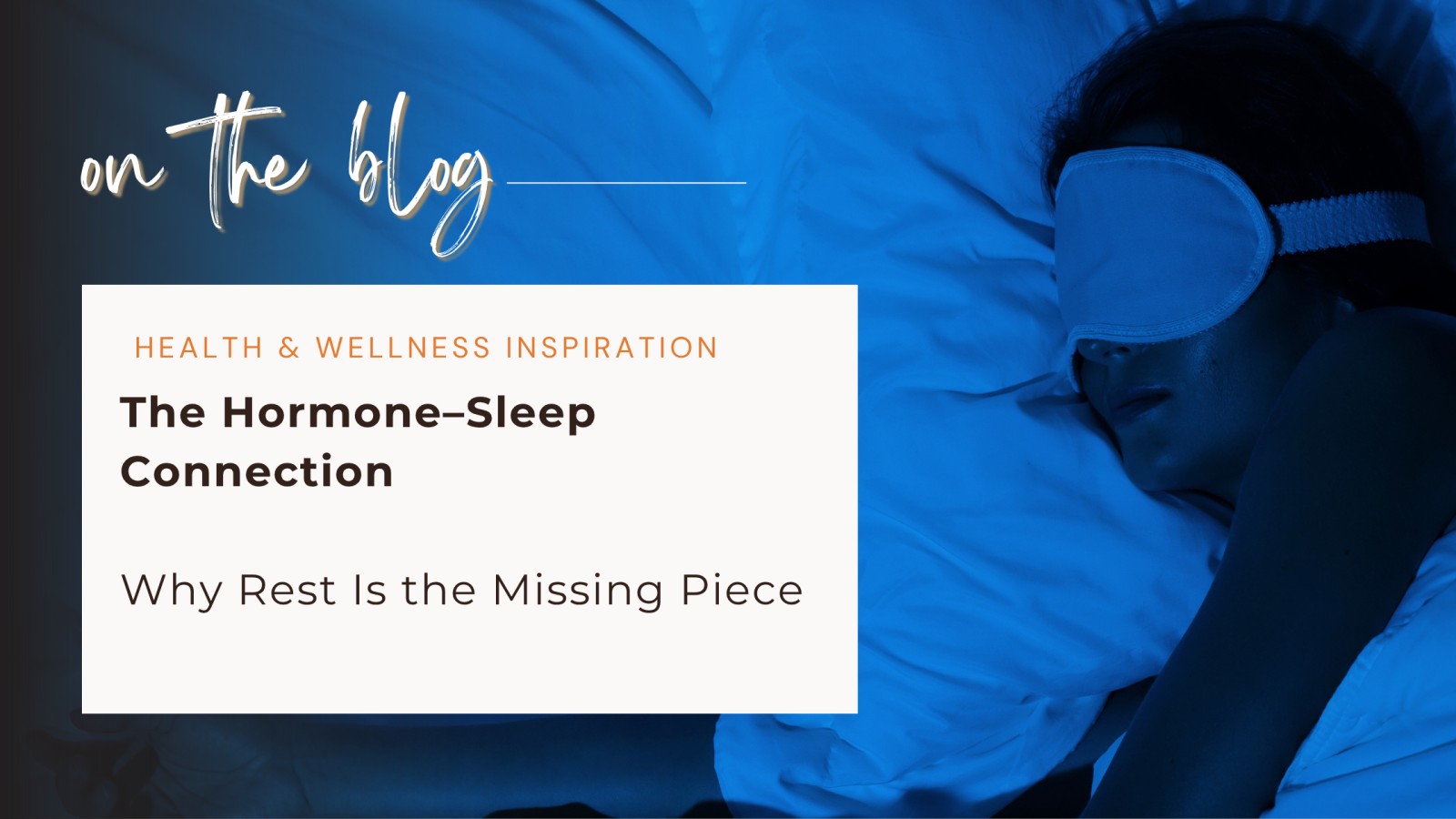




0 Comments